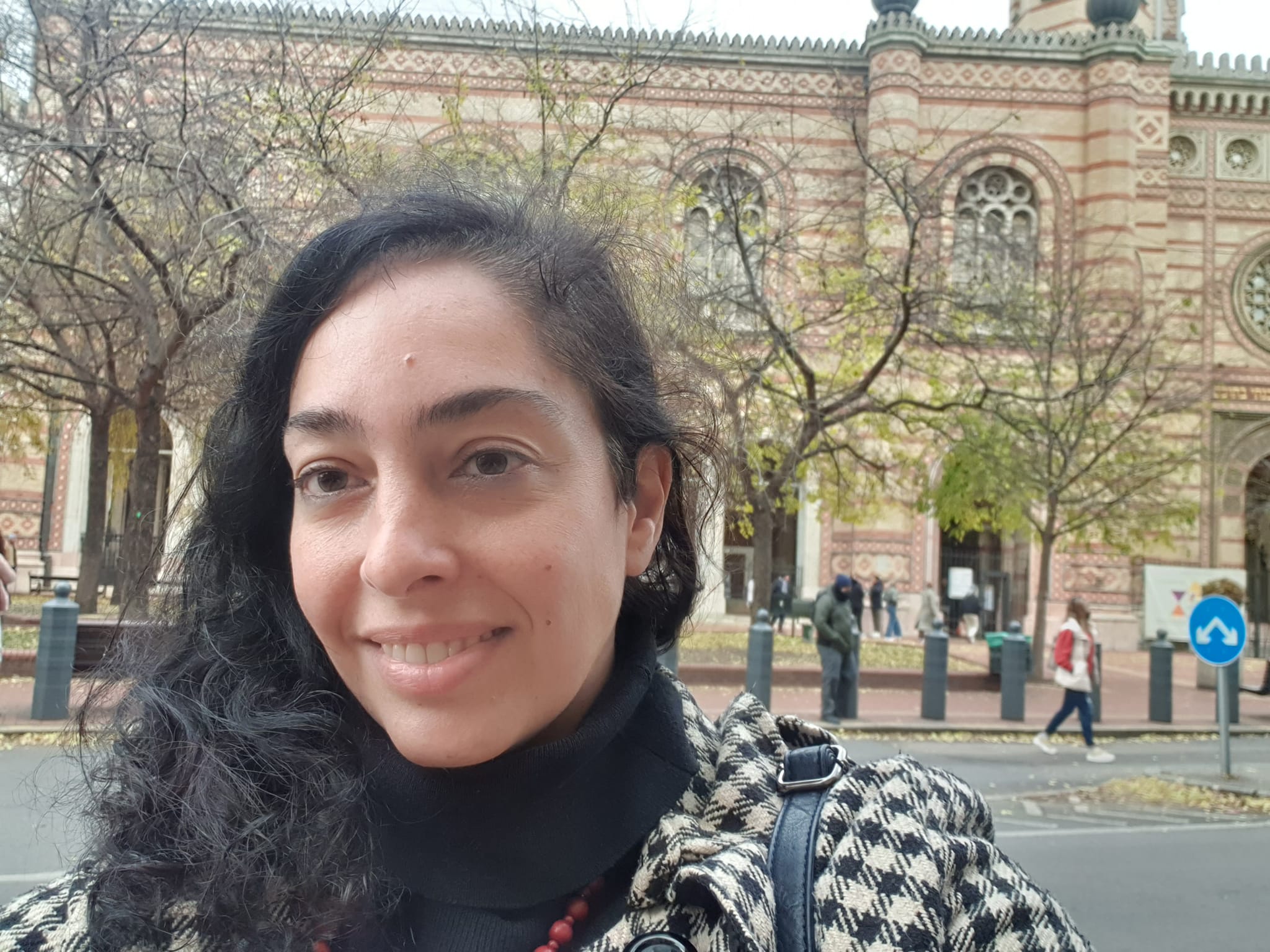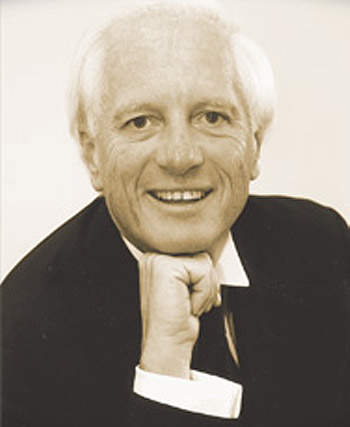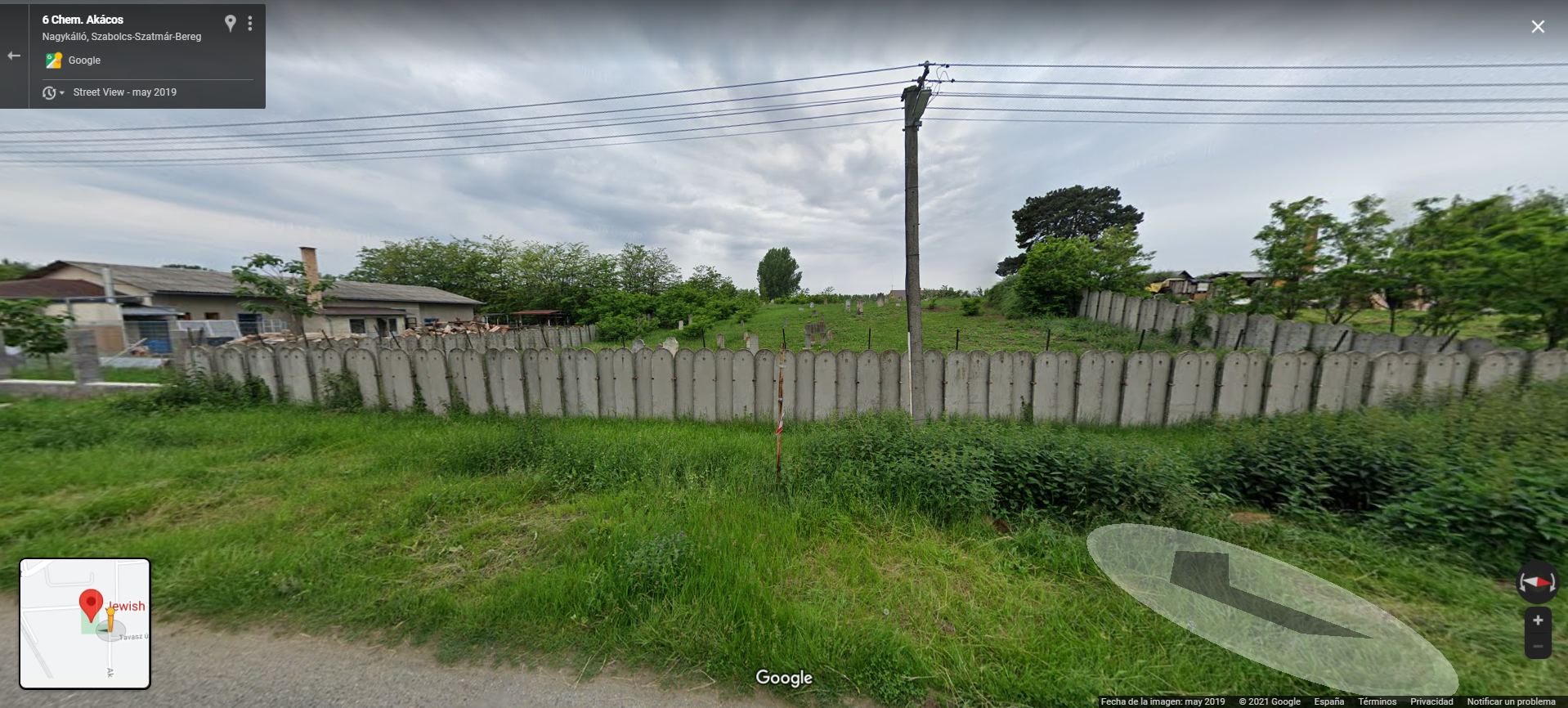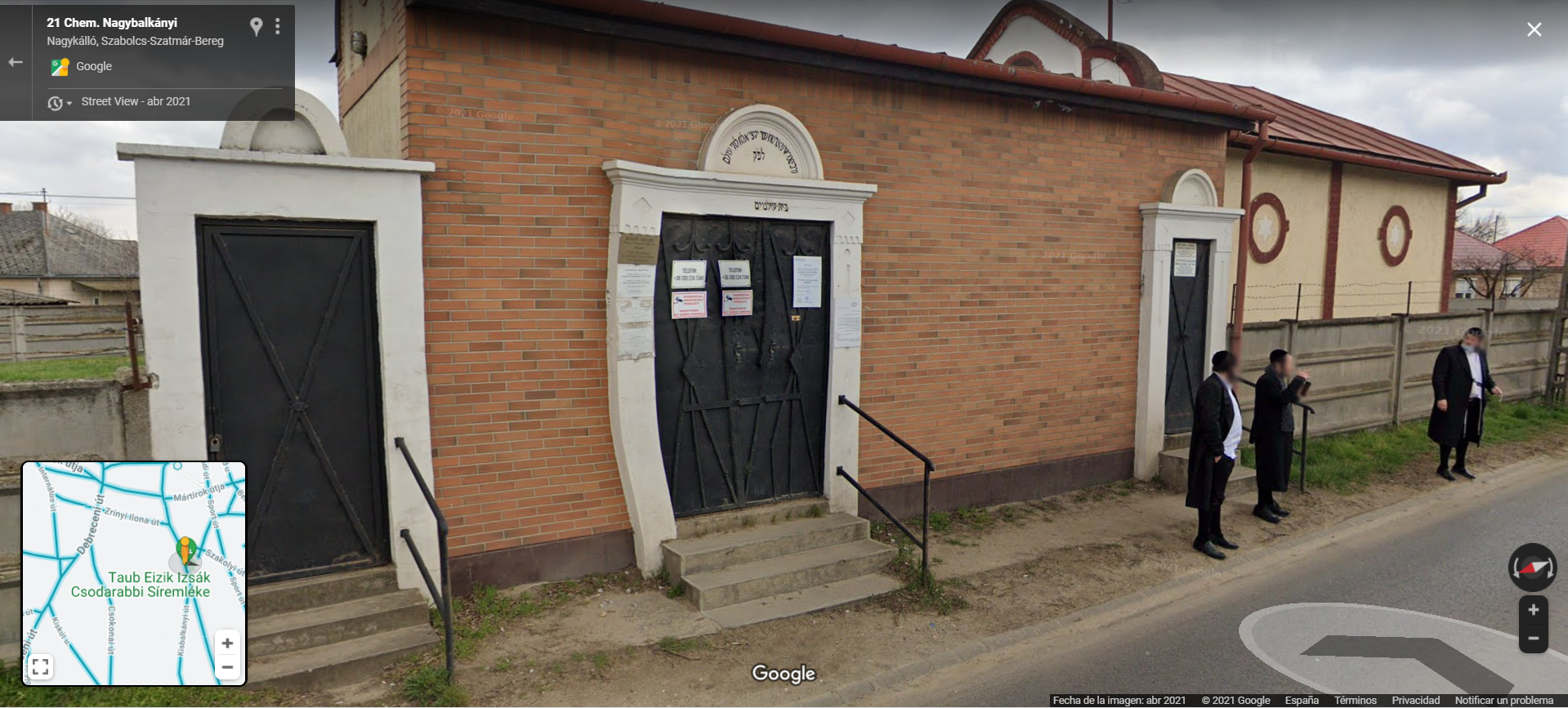December 10th, 2022 – Shabbat is almost here!
And today we will listen to Shimon Farkas and his son Chaim, singing Szól a Kakas Már.
 Hello, how are you? I hope well. Today, when this email is sent, I am in Lisbon. Nevertheless, I recover this picture of the main synagogue in Budapest, because today we will listen to a Hungarian song.
Hello, how are you? I hope well. Today, when this email is sent, I am in Lisbon. Nevertheless, I recover this picture of the main synagogue in Budapest, because today we will listen to a Hungarian song.
Making Music Before Shabbat every week is a challenge. This is the 99th edition. The subscriber list is growing at a snail’s pace and I sometimes wonder if it’s worth it, especially when I’m feeling weaker or am making exhausting international trips with stopovers. But every week I receive some answers and a few days ago something very nice happened. All this seems to indicate to me that this is worth of it. Last Sunday I woke up and I had a message on my mobile phone from a wonderful hazzan, thanking me for writing about him. He was Shimon Farkas, who was featured in this edition. So this last Tuesday we had a little online talk. He made me some recommendation, that I will follow in future editions. And I have decided to dedicate a new edition to him and specifically to a song that I have had in mind for some months. It is an iconic song for the Hungarian Jewry: Szól a kakas már. We will also meet Shimon’s son Chaim Farkas.
? Do you like Music Before Shabbat?
Then, please, spread the word.
Enjoy the music, Shabbat Shalom.
| Share this with a friend, right from here |

About Shimon Farkas
Shimon Farkas was already featured in MBS, with his outstanding interpretation and composition of Hashkivenu. Feel free to check that edition, here.
He was born in Hungary in 1949 and he is currently living in Sidney, Australia. Three of the grandparents of Farkas died in Auschwitz, like many, many other Hungarian Jews. Retaking the words from the website of the Central Synagogue of Sidney, from where I took the portrait: “Chazan Shimon was born in Hungary and moved to Israel as a young child. A virtuoso from the beginning, by age nine he was already conducting the Friday night services at the Rama Synagogue in Tel Aviv. In 1972 at the age of 22, Chazan Shimon was appointed as Chief Cantor of our synagogue.”
About the piece
“Szól a kakas már”, or “The Rooster Is Already Crowing”, is an iconic song for the Hungarian Jewry. Who was the author? Let’s see!
In her blog, Diana Senechal, she explains that:
“Acording to legend, the first Kaliver Rebbe, Yitzchak Isaac Taub (1751-1821), learned and purchased this song from a shepherd, who, after teaching it to him, forgot it completely. Beloved by Hungarian Jews, it has come to be associated with the Shoah because of its Messianic longing, but it also evokes a longer history.”
Who was that Taub? Where is Kaliv? ?

The name of the city nowadays is Nagykálló.
According to Kaalov.org:
“Kaliv is the name of a small town in the North-Eastern part of Hungary, yet it is most famous as a Chasidic dynasty. According to a Chasidic tradition, the Baal Shem Tov (1698-1760) visited the town of Serentch, Hungary and blessed a childless couple that they would have a child. In 1751 a son was born to them, who would later grow up to be the Grand Rabbi Yitzchak Eizek Taub (1751-1821) Famous as renowned Torah Sage, Kabbalist, and miracle worker, he became the Chief Rabbi of Kalivin 1781, thus founding an illustrious Chasidic dynasty that flourishes to this very day.
Reb Eizekel as he was lovingly known, was the first to introduce Chasidism to Hungary, and his enormous impact on eastern-European Jewry is felt to this very day. His blessed memory is especially evoked in connection with old Yiddish-Hungarian language songs like “szól a kakas már”, and other Hungarian folk songs, that were sung by mothers to their children for generations. Rich stories are attached to the birth of all his songs. He purchased the melody to his final song from a shepherd. It’s words speak of longing for the rebuilding of Jerusalem, and the revelation of the glory of god once again. […] The present Rebbe is the sixth Rebbe in the direct succession of Kaliver Rebbe’s. He immigrated to the United States as a child shortly after WWII.”
On the edition dedicated to the Chassidic Kaddish, we read a very meaningful phrase about the relationship of the Hassidism with the music. From the website of the film 100 Voices:
“In Chassidic belief, whatever seems foreign to godliness, even a secular melody, is only estranged from it and can be reunited with the Divinity, provided it is wedded to a sacred text. This doctrine has spurred cantors over the past 200 years to “reclaime” Romanian shepherd calls, Russian ballads, Polish military marches, Austrian waltzes and Ukrainian love songs for synagogue use.”
About the current presence of Jewry in Kaliv, The Rough Guide to Hungary explains that:
“Two reminders of Nagykálló’s once sizeable Jewish population can be found on Nagybalkáni út, running off the other end of Fó tér from the asylum. A plaque at the top of the Street on the right indicates the former Jewish school, while the Jewish cemetery 200m further down harbours the tomb of Rabbi Isaac Taub [..]. Hundreds of pilgrims come in early spring (7th of Adar by the Jewish calendar) to ask for his help. To get the key to his shrine (in the red and yellow building behind the wall), try ringing Gábor Blajer (30/224-7349) and someone will bring the key to the grave.”

Let’s get deeper into the relationship of this Rebbe with the music. A meaningful text can be found in Hasidism: A New History:
“Hasidic tradition has spun many myths about the first important Hasidic figure in Hungary, Yitshak Ayzik Taub of Kaliv (1751-1821). One portrays him as a young orphan boy from a poor family who was forced to work as a goose herder. There is no basis, however, to the goose-herding myth, nor was he a poor orphan. Instead, Taub was the son of a wealthy family whose father was known to have been the leaseholder of a small village. In his adolescence Yitshak Ayzik found his way to Galicia, where he became enamored of Hasidism, and upon his return to Hungary in 1781, was appointed rabbi in the town of Kaliv (Nagykálló), where he eventually became famous for his Hasidic conduct. […]
Taub was especially known for his songs. He borrowed non-Jewish melodies, which he altered for his worship of God. Some of these folk tunes are well-known, and Kaliv adherents sing them in Hungarian to this day. A particularly famous example is “The Rooster Is Already Crowing” (Szól a Kakas Már).”
The tale that talks about the Rebbe as a goose herder can be read in Chabad.org.
? Are you interested in learning more about the Jewish music from Hungary? Check the previous edition about Di Naye Kapelye with Bob Cohen.
The lyrics of the song in English are available in many sources. I took it from the aforementioned book Hasidism: A New History:
Near a green forest, is a wide field, where a bird walks around.
What sort of bird is this? What sort of bird is this? With yellow feet, and a pearl-white beak,
he is waiting to go home.
Wait, birdy, wait! Wait, birdy, wait! Until God decides it is the right time, then you will go
home.
But when will it be? But when will it be? When “The Temple is rebuilt and then the city of
Zion will be filled—that is when it will be.”
Why is it taking so long? Why is it taking so long? “Because of our sins, we were exiled
from our Iand, that is why it is.”
